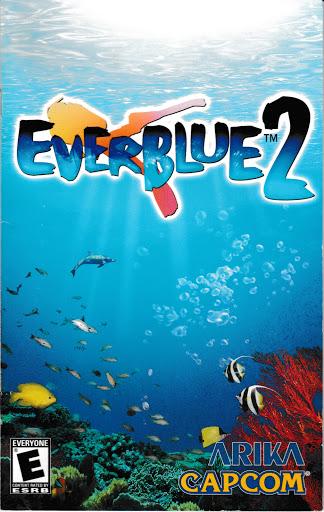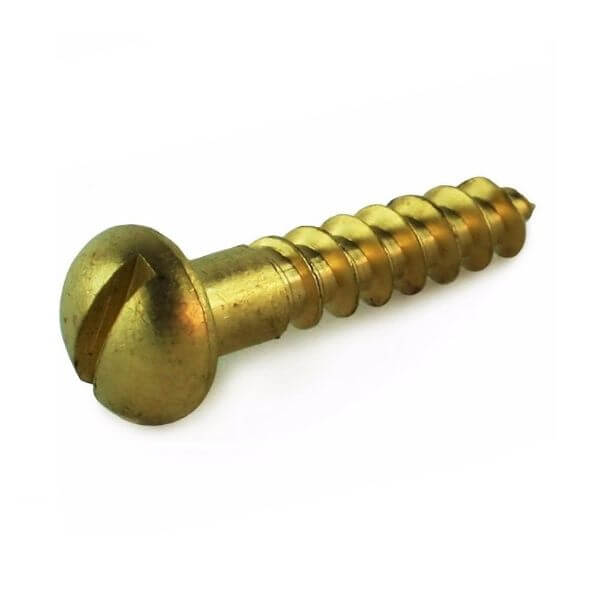

If there is any rule of thumb to be had it would be to maybe consider using the largest diameter fastener with length as long as possible for any given application. Many times the factors will cause you to have to re-consider the diameter of screw used so that a bigger screw gives better thread holding characteristics. Will the screws primarily be use in sheer or in direct pull type load? What is the thread holding capability of the material taking the screws? How thick is the "mounted to material"? Are there concerns of penetrating the "mounted to" material too far? Will the application be one where you worry about the screw becoming loose by turning itself out?Īll of these and more will play into screw selection. You have to consider the application of what you are trying to support. In actuality it is far more complicated than that if you wanted to actually analyze it to the finest detail. Your idea that the thickness of the mounted item should dictate the corresponding depth of screw penetration into the mounted to item is not a correct analysis.

I might add more to this when I get more time, or depending on the comments received, if clarification is needed. Oak is a good example of needing properly sized pilot holes in each piece. There will be cases where the pilot needs to be in the other piece as well to prevent splitting. Whenever possible/practical, it is best in any case to use pilot holes in the piece to be fastened, to reduce or eliminate splitting. If the screw can be slightly angled, instead of going straight into the end grain, what it can hold will be greatly increased. A 4 1/2" screw to hold 2X together? A bury of 2" works pretty good in most cases, in a joint that does not have much stress applied to it. The part about end grain not holding a screw well is true, but I find the screw does not need to be that long at all. When fastening a piece to the end of another, as in making a corner for a box, I heard a long time ago the screws needed to be 3 times longer than the piece you are fastening, because end grain does not hold a screw as well as going into the wood perpendicular to the grain. When screwing into oak or other hardwoods, 3/4" will hold very well.

I have also seen 3/4" or less, work well in thin material that you may not want to go all the way through, but there may be need for many screws needed in a given area to have a strong hold. On deck boards, IMHO, 3" screws for a 5/4 deck board is way over kill, 2 1/2" is plenty for that. Of course, there are variations on this, depending on the circumstances. When fastening wood, once the piece to be fastened is gone through, generally I find 1" into the second, or the piece you are fastening to is enough to hold. Wedge fasteners may be a better choice for that, or better still an anchor bolt with expansive concrete set into a drilled, cleaned hole will hold the most reliable if strength and resistance to vibration is what you are looking for.

That can be as simple as the judgment call of "this thing is really heavy and I don't want it to move so I will use the bigger diameter one" or, "This will not be too tough to set, so the small one will do." If the item you are going to secure is going to vibrate, I strongly advise against using concrete screws, unless glue can be used in some way to help keep it together. There are 2 different diameters to chose from too. If you are setting it in the joints of the brick or perhaps cinder block or a soft brick like older handmade brick that are not real dark, 1 3/4" into the material is pretty easy to do. In my experience, in hard concrete, or brick, a screw will break after 1 1/4" into a hard surface. I checked the website and it is mentioned that the depth can be as deep as 1 3/4" bury into masonry. The screws are sold at those lengths with that in mind. On Tapcons, Philcons or Con-certs or just good old concrete screws, 1" embedment into is the typical depth I see referred to. I will to try to give a few numbers you may find useful based on what I have found over my years of connecting one thing together or the other.


 0 kommentar(er)
0 kommentar(er)
